Unseen Erickson P.7
FROM THE ARCHIVES OF THE ERICKSON FOUNDATION
Archives Location: U198
ERICKSON AT ELOISE – PART 3
RESEARCH AND WRITINGS
by Joyce Bavlinka, m.ed., lisac
Sarah Clinebell, who has been working on the Erickson archives since June 2022, has supplied us with archival box U98 containing writings from the time Erickson was at Eloise.
According to “An Epic Life 2” by Jeffrey Zeig, Ph. D., Erickson served as director of psychiatric research and training at Eloise from 1934 to1948. From 1938 to1942, he also served as instructor, assistant and associate professor in the psychiatry department of Wayne University College of Medicine in Detroit, Michigan. From 1942 to1948, he was a full professor at the Graduate School.
While at Eloise, Erickson wrote clinical papers explaining some of his theory and experiences with hypnosis. He also conducted research. This blogpost discusses a portion of the presentation he gave to general practice physicians in 1940.
THE EARLY RECOGNITION OF MENTAL DISEASE
Reprinted from “Diseases of the Nervous System, Vol. II, No. 3, March 1941
Delivered April 24, 1940, at the Post-Graduate Clinic for General Practitioners,
Eloise Hospital, Eloise, Michigan
Erickson’s lecture stresses the importance of the early identification of problems and the opportunity to deal with them to reduce the likelihood of lifelong problems with anxiety, manic-depression, passive indifference, social maladjustment and unhealthy emotional reactions, impulsive behaviors and other mental disorders.
“… in the practice of medicine, whatever the branch may be, there is no better teacher than that form of experience usually called Hind Sight.” No other teacher can possibly offer the instruction and the information to be gained by looking backwards and realizing, in terms of the final outcome, what things might better have been done for the patient….it is only by means of a comprehensive longitudinal view of the patient and his illness that one can learn to recognize the significance and meaningfulness of early symptoms.”
Erickson recognizes the importance of the general practitioner and the practitioner’s ongoing relationship with the patient and his observations of the patients over time. The general practitioner can identify “oddities for each patient, and when those peculiarities suddenly change and increase, that he can appreciate easily and readily that something has gone wrong.”
Erickson defines normal behavior as purposeful and useful.
“Abnormal behavior, on the other hand is not purposeful in a clearly understandable, recognizable and effective fashion, and is not primarily directed to goals that are not in keeping of harmony with that one properly expects of that individual. Thus, behavior that does not serve a readily understandable and useful goal for the individual.”
Erickson identifies healthy areas of child development including, purposeful behavior, age-appropriate behavior, healthy attitudes toward the body, social reactions, social development and believes disorders can be spotted through the early observation of abnormal behaviors.
“… the decision as to the normality or abnormality of one or more items of behavior would properly rest with the family physician who has the opportunity of appreciating adequately what type of behavior may reasonably be expected within a family group, what purposes that behavior may serve and what effects that behavior may have on the individual and those associated with him. With this caution we shall proceed to the individual items signifying behavior disorders and the instances we mention refer only to those occurrences in which the particular manifestation is excessive and destructive to the child’s welfare.
Ordinarily, the evidences of behavior disorders in children are the most easily recognizable, but all to frequently dismissed as unimportant on the assumption that the child will outgrow them. A review of the case histories of our patients here, however, will disclose too often that the childhood maladjustments never were outgrown. Rather those early maladjustments serve to establish and to fix within the individual unhealthy and abnormal ways of behaving so that the individual becomes progressively more handicapped in his general life situation.”
Erickson concludes,
“The physician who first sees the patient in the earliest stages should have clearly in mind the possibilities or eventual development, and then, against the background of eventual development, he should weigh those symptoms and decide what measures, if any, are necessary for that particular patient.”
Fresh out of graduate school, Erickson trained himself in correlating early childhood experiences with adult mental disorders by reviewing case histories and looking ast the patient’s history to see if there were early identifiers of problems. The “Erickson Family History” chapter of “An Epic Life II: Milton H. Erickson Personal Perspectives,“ by Jeffrey Zeig, Ph. D. documents how Erickson would speculate as to the early childhood experiences with serious adult mental disorders.
“Erickson would read the mental status exam of a patient and he’d write what he thought was the patient’s social history. Then he would compare it with the actual social history from the social services department. Then he would do the opposite. He would read the patient’s social history and make an educated guess about the mental state exam, then compare it to the actual mental health exam. He repeatedly did this procedure to understand the connection between historical influences and the current status.”
Comments? Please run them by me.
Email: joyce@erickson-foundation.org





